Prices are never what they used to be, but so is what you buy. Past budget rifle scopes would fog up without trying or hold water like the Hoover Dam if you didn’t baby it. Today, you can get a serviceable and durable rifle scope that withstands the elements and the occasional hard knocks of field use at a price that won’t break the bank. Such is the case with a pair of scopes I have been testing: the Vortex Crossfire II and Sig Buckmasters. Here is how they held up.
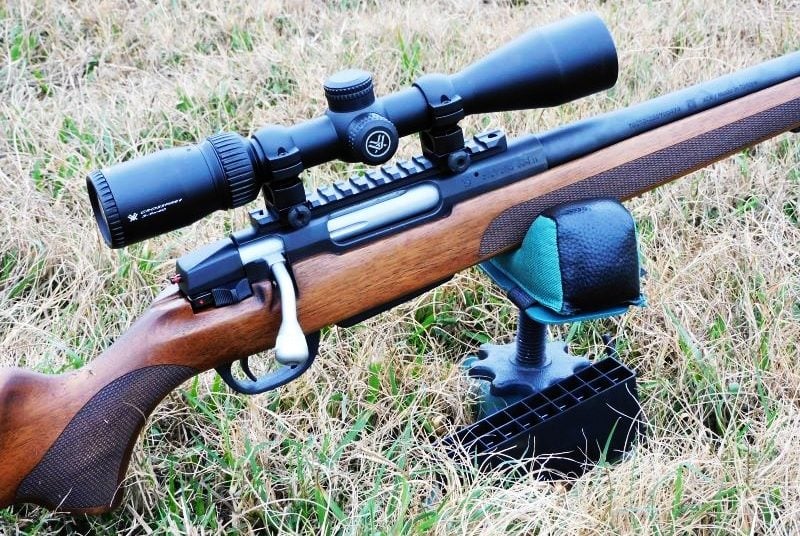
The Vortex Crossfire II
Vortex has been in the optics game since 2002 and initially started making binoculars before branching into rifle scopes. The Crossfire II is their budget rifle scope line. The series includes a 1-4×24 low-powered variable optic with an illuminated reticle and a number of conventional riflescopes ranging from 2-7×32 to 6-24×50. While this review concerns the 3-9×40 riflescope, plenty of these features carry over to the other models.
This scope’s magnification ranges from 3-9x with a 40mm objective lens housed in 7075 aircraft aluminum. The 3-9x is available with your choice of a V-Plex crosshair, BDC, or V-Brite illuminated reticle.
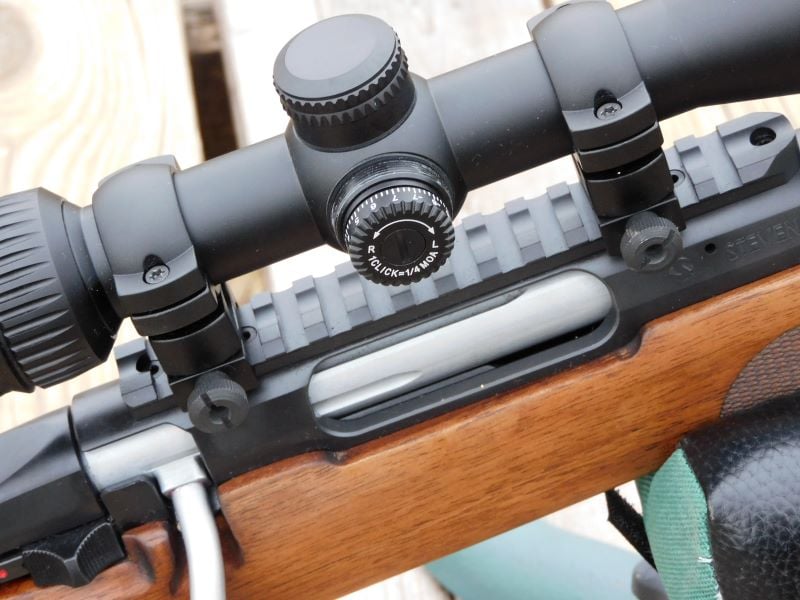
This particular model uses the non-illuminated V-Plex reticle in a second focal plane that keeps the inner crosshairs the same size even when you crank up the scope’s magnification. The Crossfire II’s one-inch tube features multi-coated lenses and is purged with nitrogen to eliminate oxygen, ensuring it’s both waterproof and fogproof.
The Crossfire’s elevation and windage turrets yield 1/4 MOA of adjustment per click. The turrets adjust up to a maximum of 60 MOA. A diopter adjustment ring housed in the eyepiece adjusts the focus of your eye. This particular model’s parallax setting is fixed at 100 yards, but higher-powered models like the 4-16x series have an adjustable parallax from 25 yards outward. The 3-9x model tips the scales at 14.8 ounces. In terms of price relative to the Sig Buckmasters, this version of the Crossfire II lists in GMW’s catalog for only $149, while the highest magnification models with illuminated reticles retail upwards of $369.
The Sig Buckmasters

Sig Sauer is first and foremost a gun company, but they’ve come along to developing their own optics that pack value into price. While Sig is primarily known for its MSR and Romeo red dot series, they released the Buckmaster rifle scope line in 2021. The lineup consists of 3-9×40, 3-9×50, and 4-16×44 rifle scopes with a BDC reticle ranging out to 500 yards.
My particular Sig scope is the 3-9×40 model with a one-inch aluminum tube. Although the 4-16x model features a larger 30mm tube, all Sig Buckmasters models are rated IPX7 waterproof with LensArmor anti-abrasion glass coating. The second focal plane reticle is just like the Crossfire II.
The Buckmasters has capped 1/4 MOA per click elevation and windage turrets with up to 60 MOA of adjustment. The parallax is also fixed at 100 yards, and the optical focus is changed by the eyepiece ring. The magnification ring features a removable scope adjustment lever for fast and gross adjustments.
The Buckmaster series of scopes comes with two flip-up lens covers instead of the traditional bikini scope caps like those that ship with the Crossfire II. The Buckmasters weigh 14.1 ounces and have a retail price at GMW of only $129. The higher magnification models cost only $229.
On The Range: Vortex Crossfire II vs. Sig Buckmasters
The Crossfire II and Buckmasters scopes are intended for hunting. No doubt, their coated lenses, and hard anodized aluminum hardware will hold up to those conditions. In my neck of the woods, 3-9×40 scopes are standard fare for shots where ranges are usually well under 300 yards. I generally hunt with iron sights, so both of these scopes have been at home on test rifles. I’ve mounted them to both rimfire and centerfire rifles and used them in rain and shine. Both are outstanding optics for what you pay but have their differences that might make the difference for you.
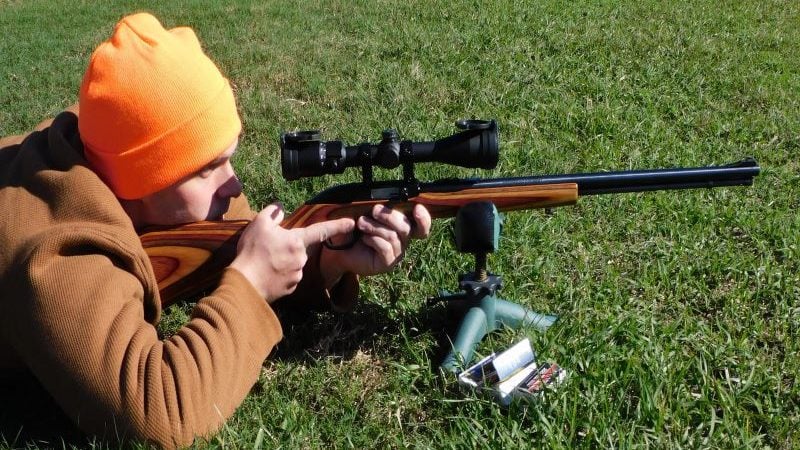
Both scopes have some lower-cost aspects as well as some quality ones. However, both scopes are made for reputable makers, but in Chinese factories. They use lightweight and durable aluminum tubes. While they sacrifice adjustable parallax settings, they have clean adjustment turrets that are easily adjustable with no slop or guesswork. The second focal plane on these scopes keeps the inner crosshairs very fine, so you can aim at smaller targets without covering them with crosshairs that grow larger with magnification.
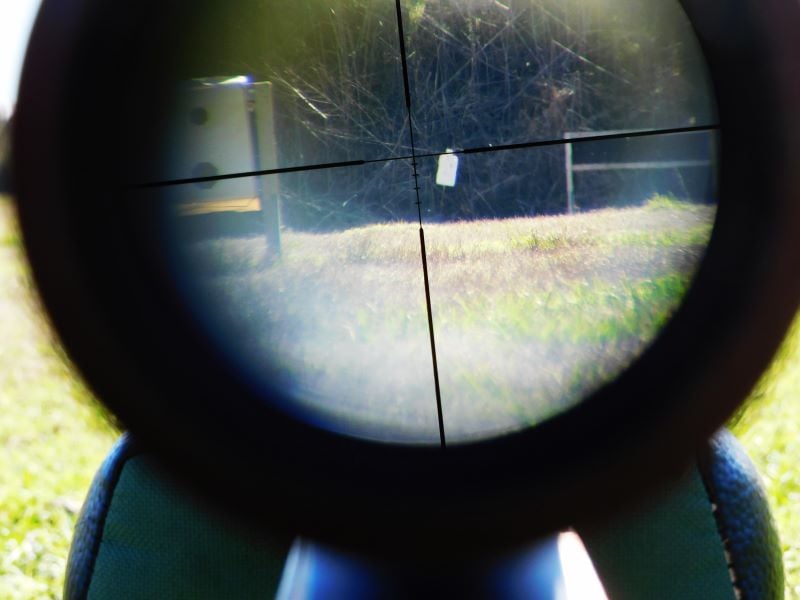
Differentiating the Two
If not for the bullet drop compensator on my Sig Buckmasters, I could easily confuse it for the Crossfire II. The glass quality was certainly hard to differentiate. I shot both scopes across several rifles on sunny days and days of overcast drizzle, all in thick Louisiana air approaching 100% humidity.
The only moments of worry were when the lenses would fog when the rifles were coming out of a vehicle and onto the range. However, the nitrogen-purged tubes on both models worked well, as both defogged in seconds. Both optics were clear as day and collected light well, even when shooting at dusk. The Crossfire II technically has a wider field of view at 100 yards when pushed to full magnification. 12.6 feet of lateral view vs. 11.3 feet for the Sig. Did I notice the difference? No. Did one scope shoot in monochrome while the other in Sahara? No.
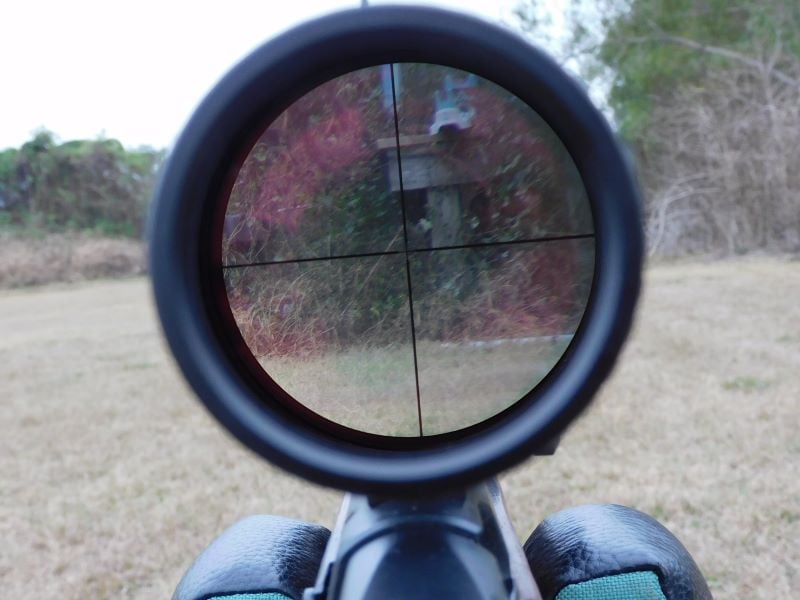
If you’re hoping one scope has inherently better glass than the other, you’ll have trouble. Picking between the two becomes easier because of their other features. Notwithstanding the fact that some versions of the Crossfire II come with an illuminated reticle, I found myself drawn to the Sig Buckmasters scope the more I shot it.
The Buckmasters is a noticeably lighter scope, which can make a difference in balance and handling, particularly if it’s on a lightweight rifle, like a takedown .22 or light lever action rifle. For giggles, I mounted both on my 3.25-pound Marlin Papoose. While both looked ridiculous, the Sig allowed me to get the rifle into my shoulder and indexed on target just a little quicker.
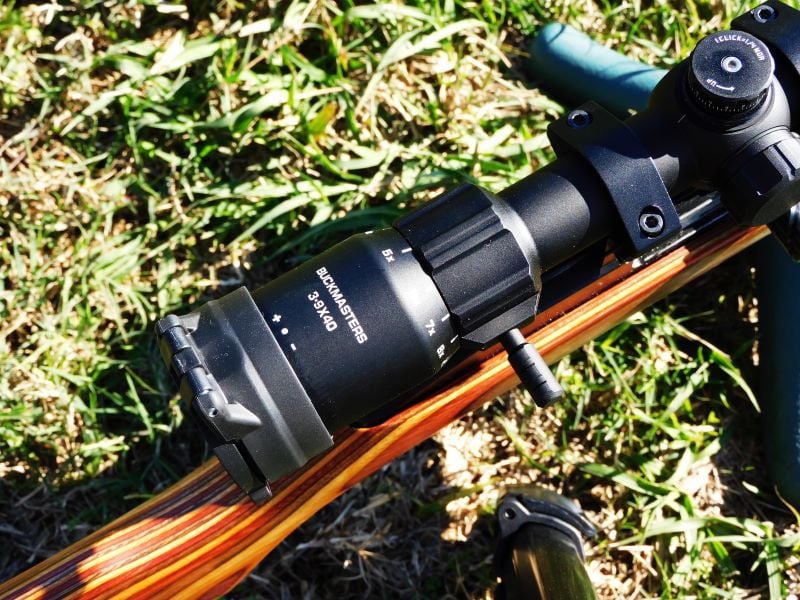
I have always disliked rifle scope models where you’re forced to find your own scope caps. Both rifles come with caps to protect the lenses when not in use. I love the old bikini caps that come on the Crossfire II, but I left them behind on one occasion. The Sig scope has fixed flip-up scope caps, so I could not lose them.
Testing Results
On the firing line, I used both scopes on targets as close as 40 yards to as far as 500 yards, and both performed well. On steel, I could reliably see the gray pockmarks on white silhouettes at 300 yards and at close range with minimum magnification. They both provide enough of a field of view to see peripheral targets out to 100 yards and beyond. With distances in between, I found myself breaking my cheek weld and looking downrange as I twisted the magnification of the Crossfire. If I needed more magnification, I tended to temporarily lose my targets when going from one to another. The scope lever mounted on the Sig’s magnification adjustment ring made adjustments from 3x to 9x trouble-free without my eye leaving the piece.
And the winner is?
It might be a cop-out to say I like both scopes. What is the point of making a comparison if you ultimately defer judgment? Truthfully, you probably won’t be at a particular disadvantage with either the Vortex Crossfire II or Sig Buckmasters. While both have their limitations, they’re still great designs for the money. However, I might be at a disadvantage if I did not prefer the Buckmasters.
While I didn’t chase any bucks with it, the particular inclusions with the scope made it a slightly more forgiving design on the range, which translates to hunting conditions. The hunt, by definition, never goes completely according to plan. Game doesn’t show up at your call, needed supplies inadvertently get left behind, and maintenance items get neglected when your mind is occupied. On more than one occasion, complacency got the better of me, and it became a tale of what got away. After days of nothing, I inevitably saw game where I least expected. Unfortunately, I missed my shot while staring through over-magnified water-streaked lenses because I left my scope caps at home and anticipated a much further shot. For those unexpected situations, the Sig Buckmasters is my preferred budget rifle scope by just a hair.

